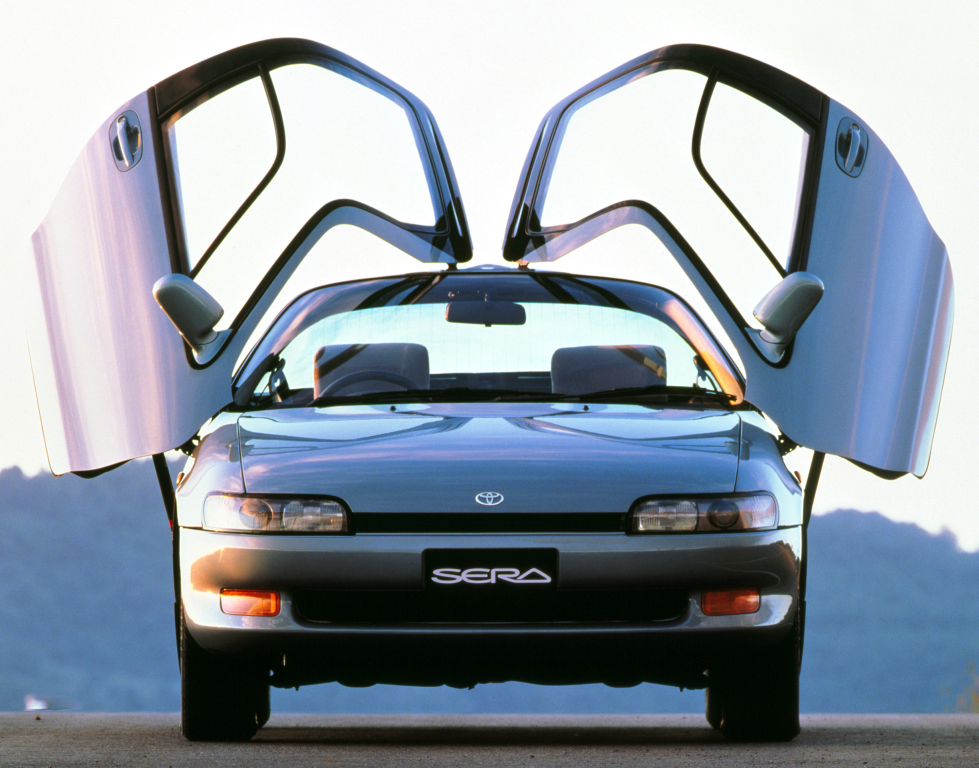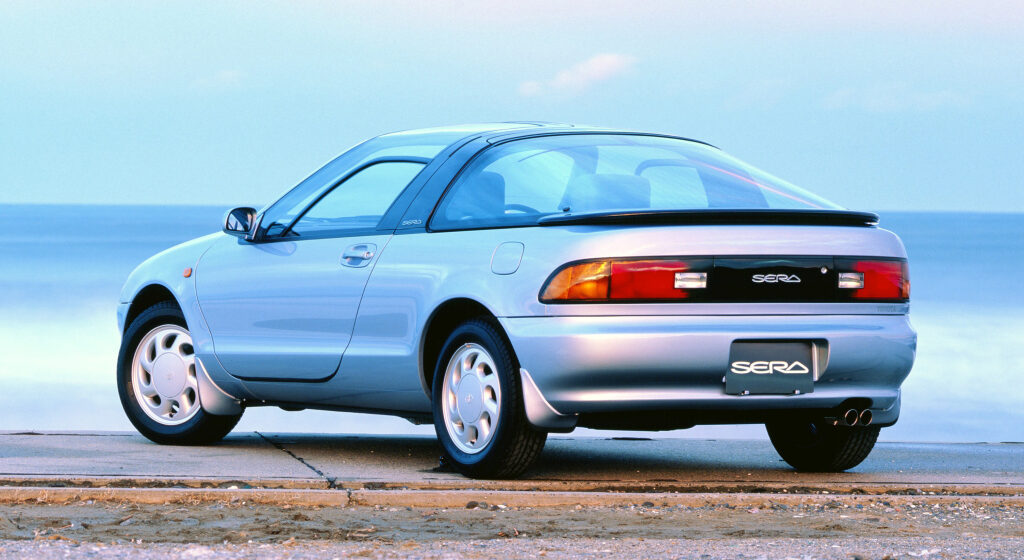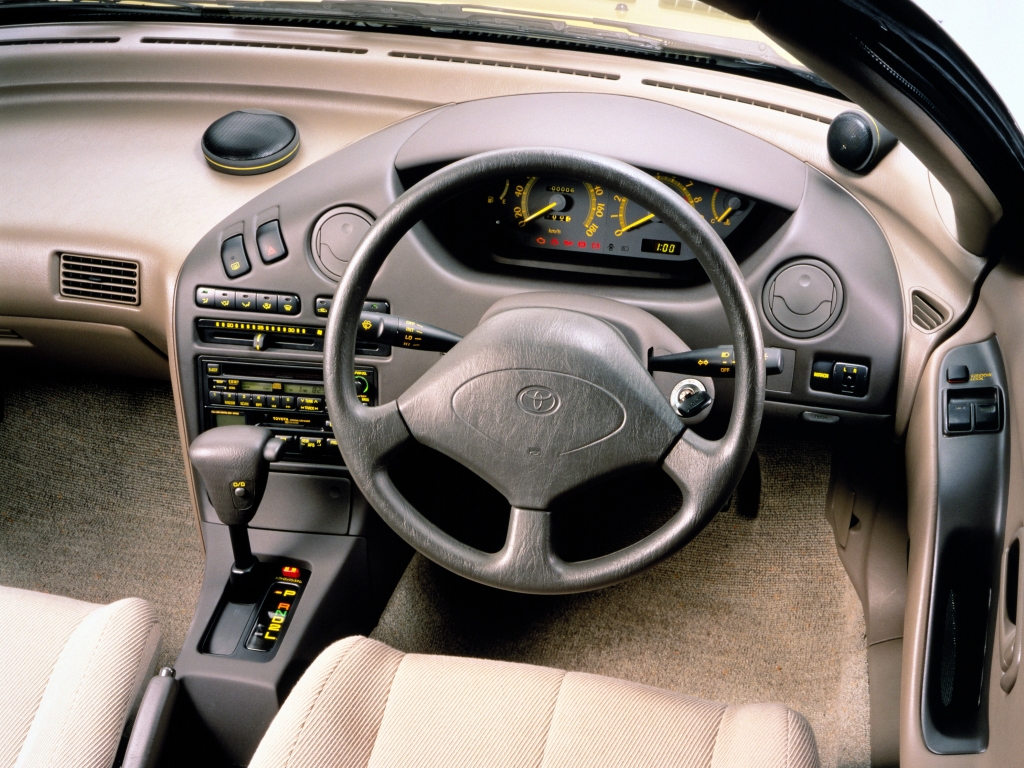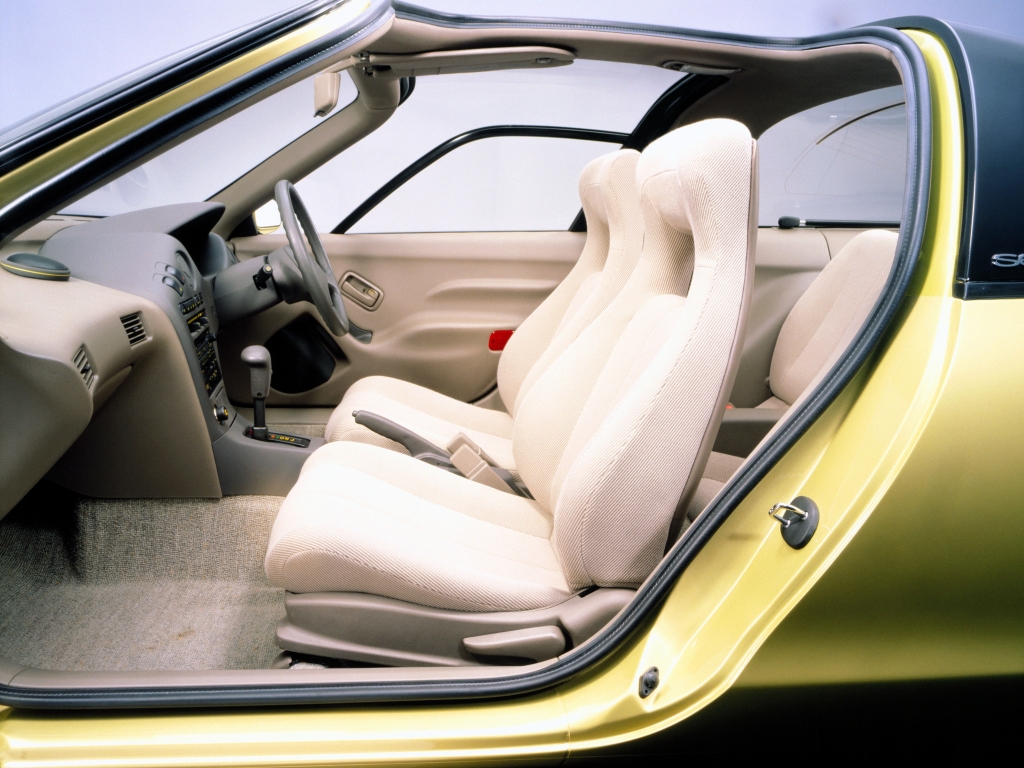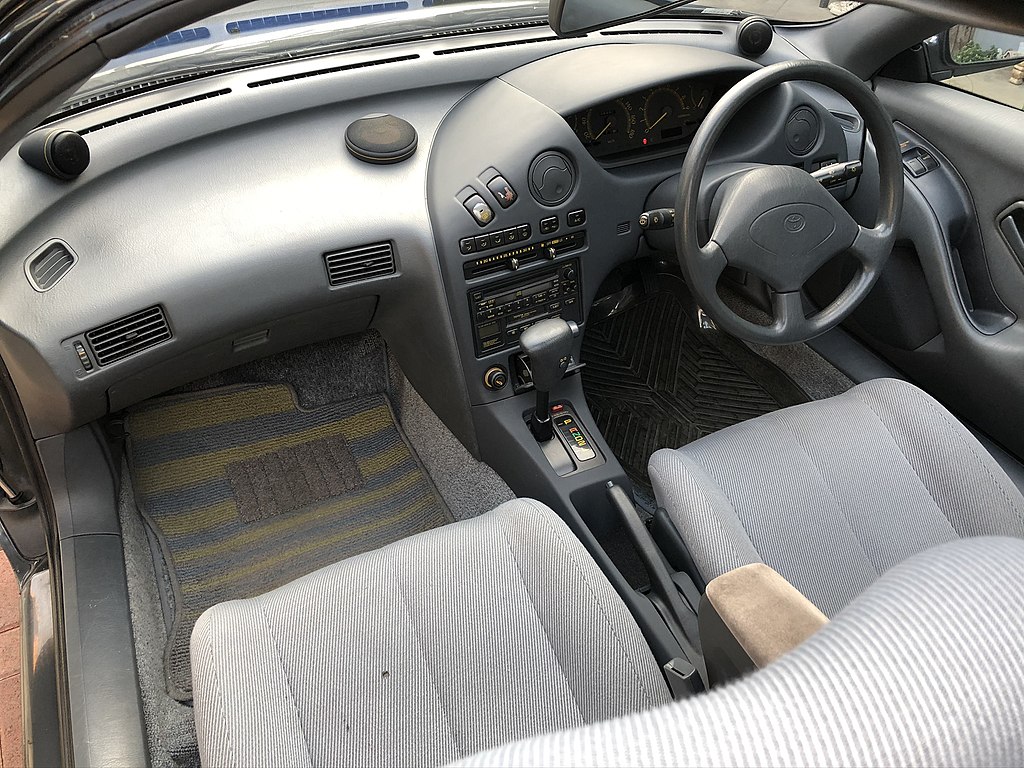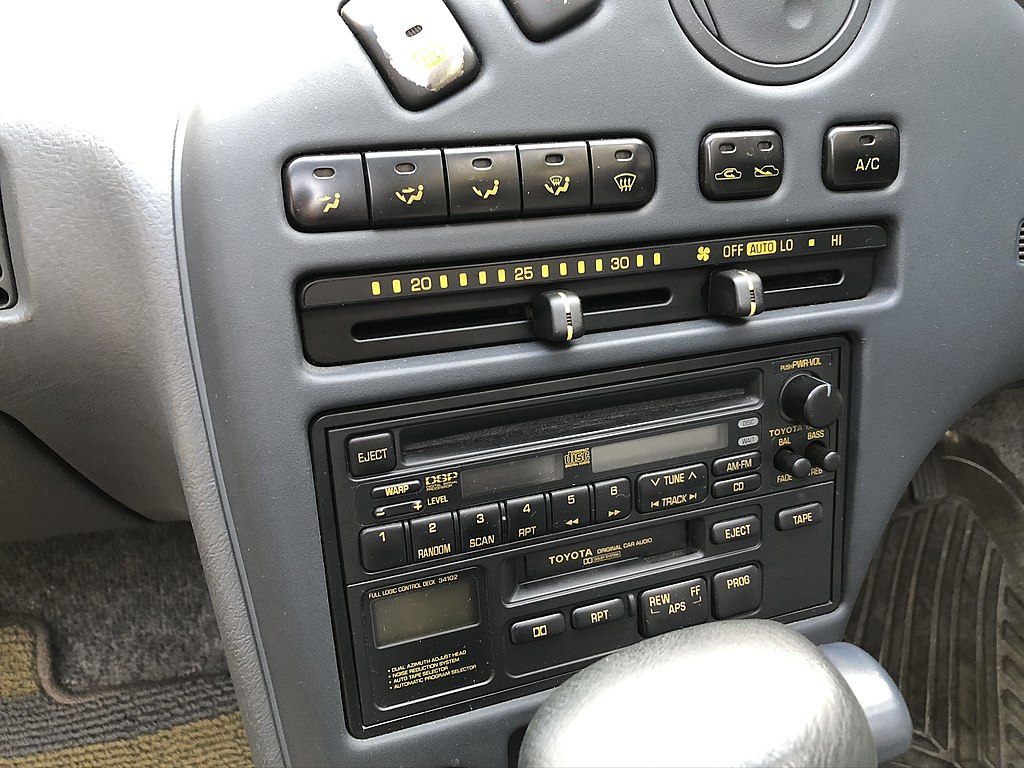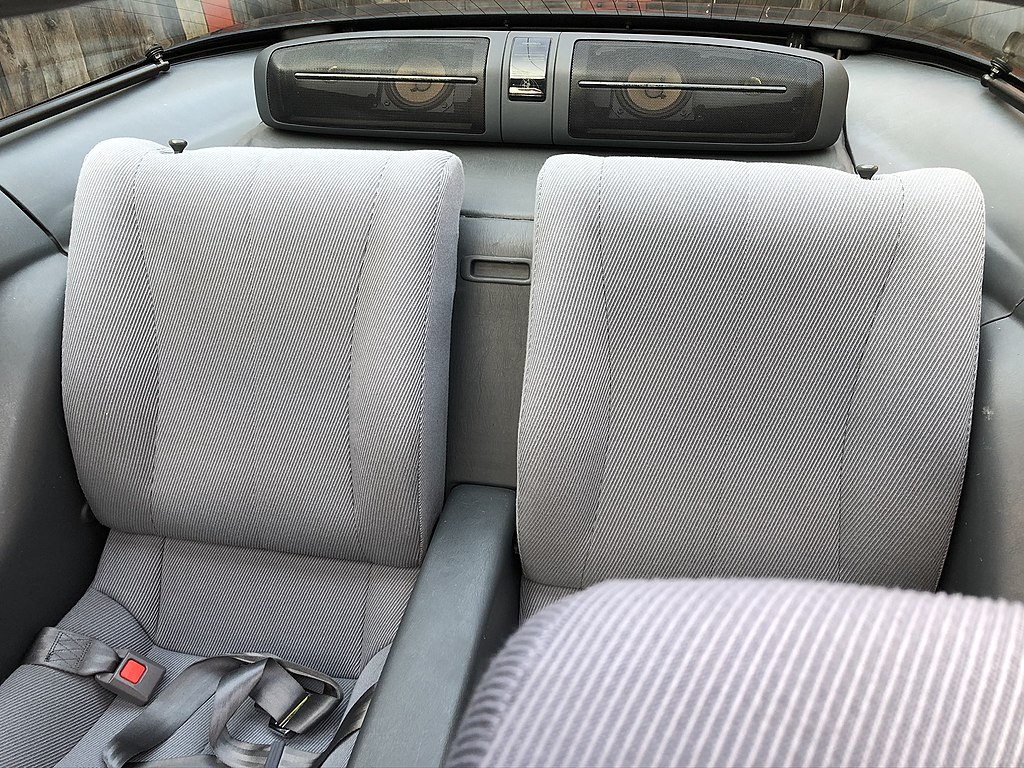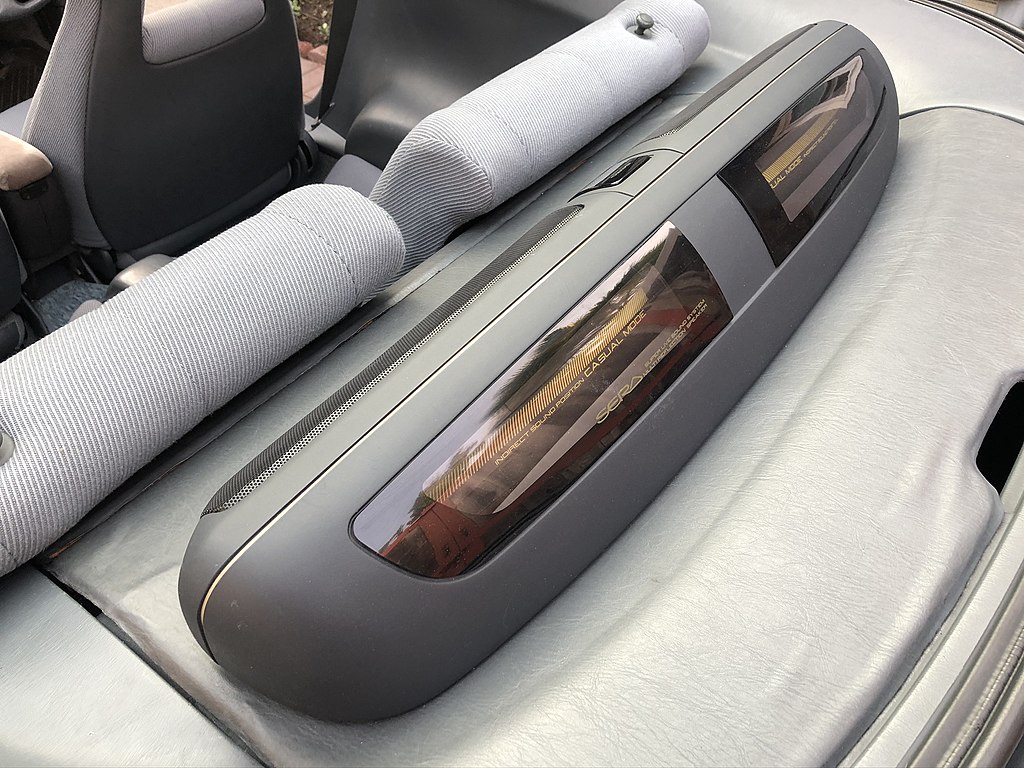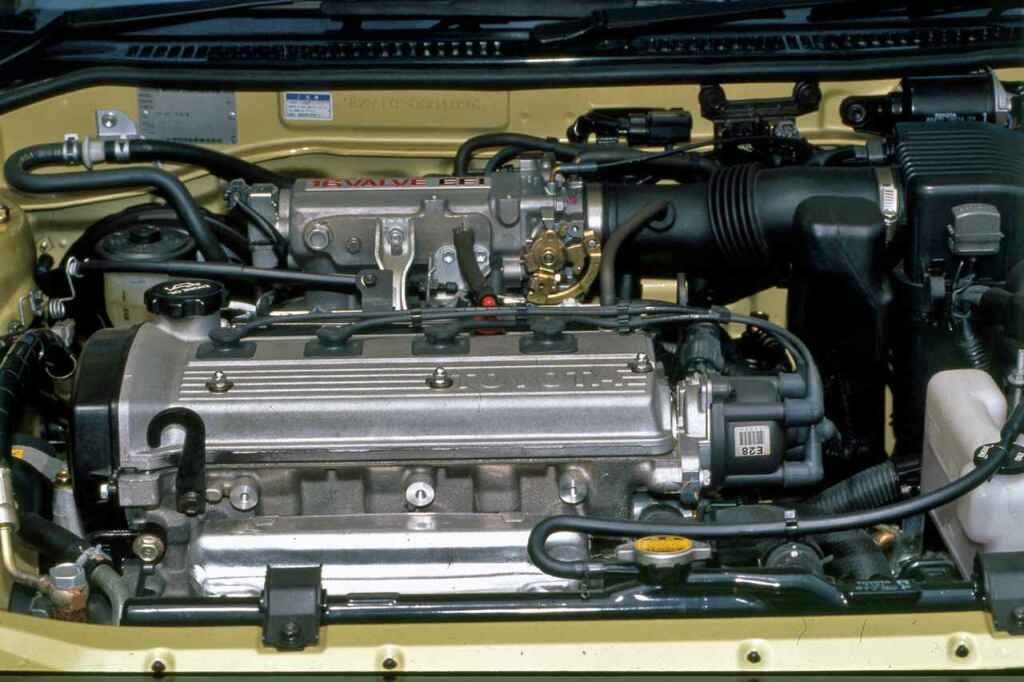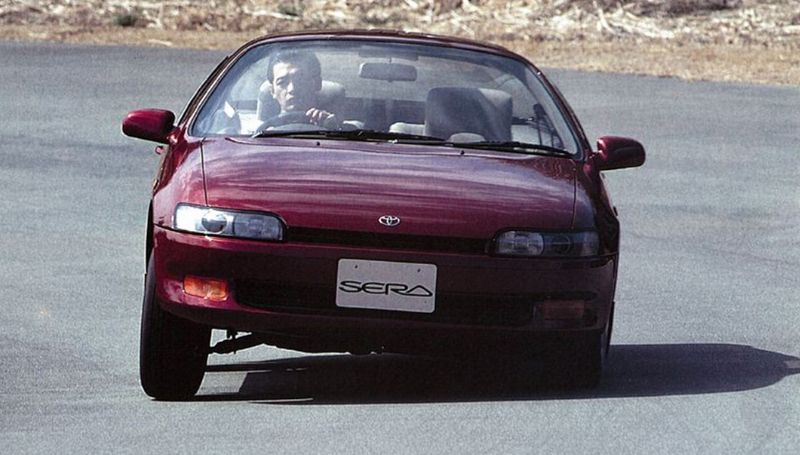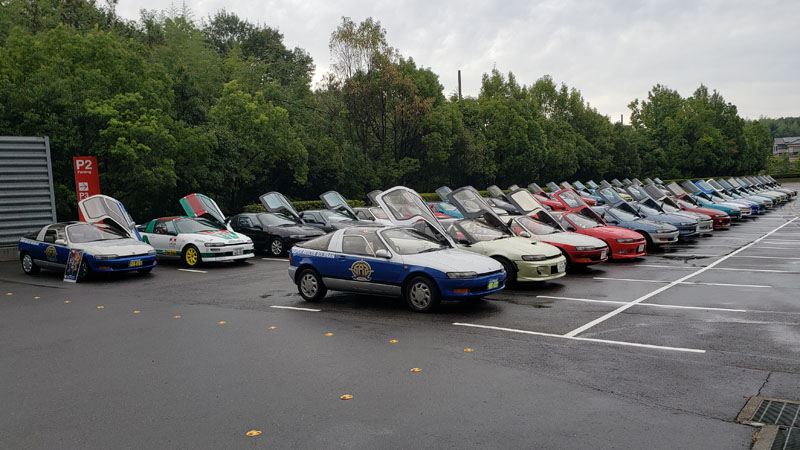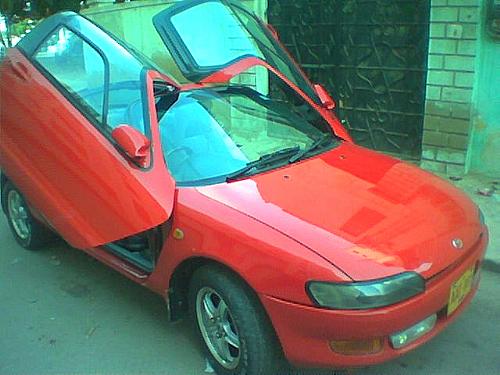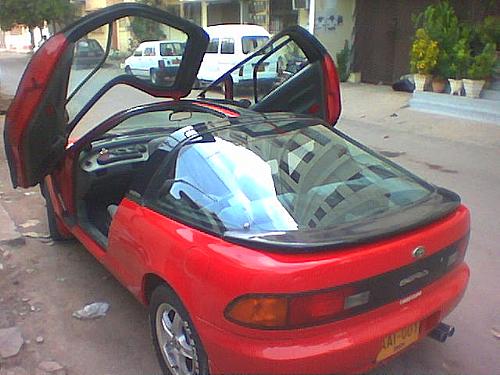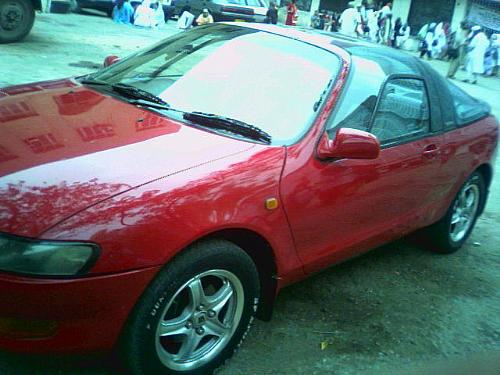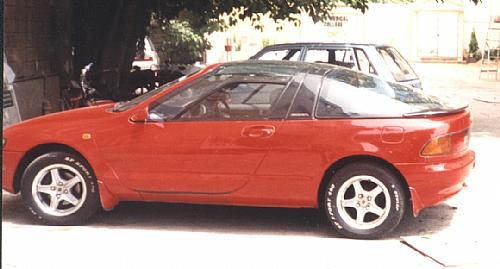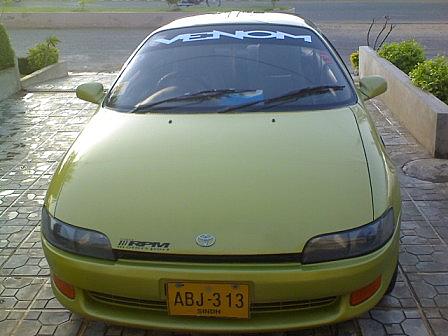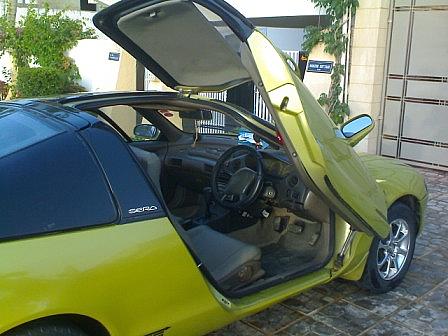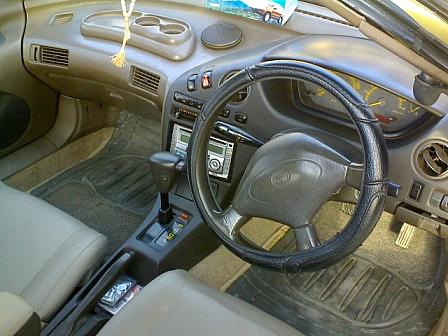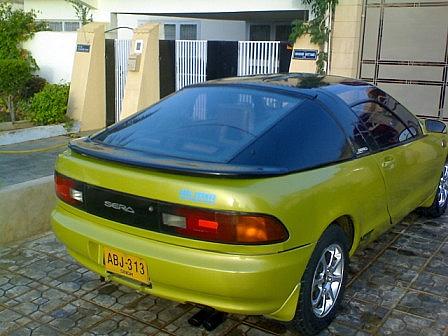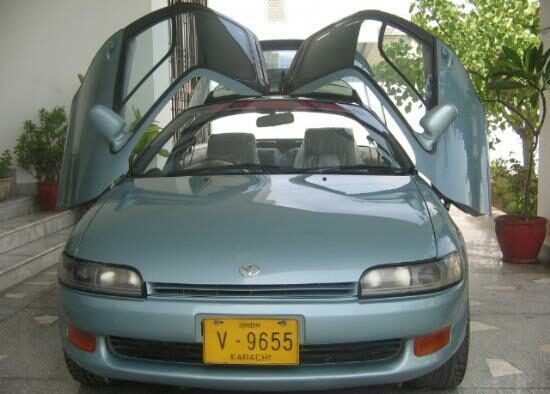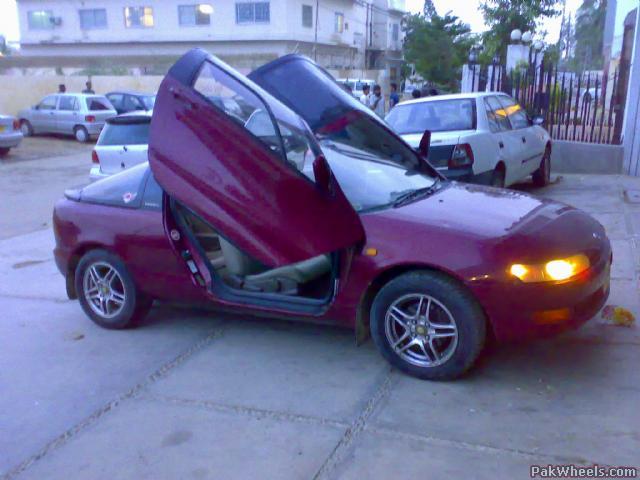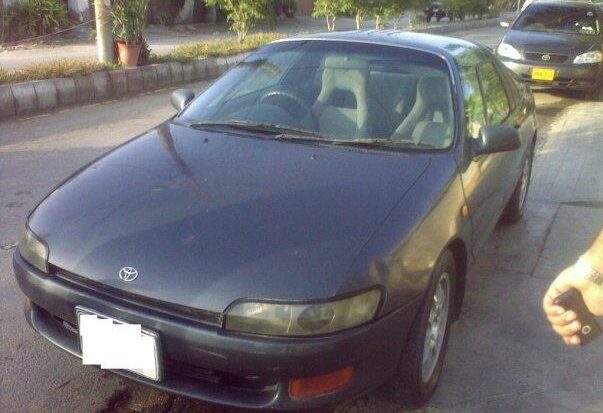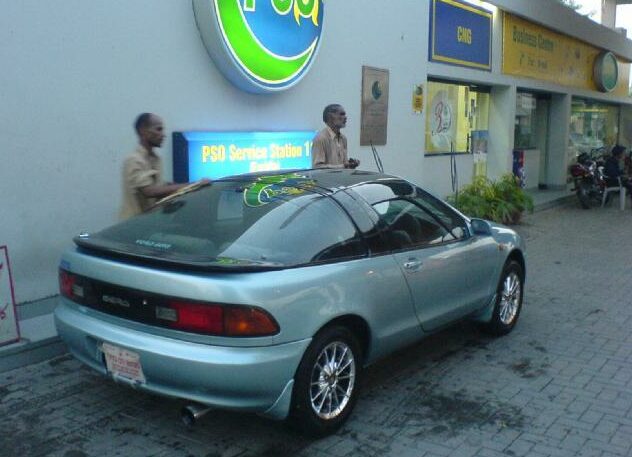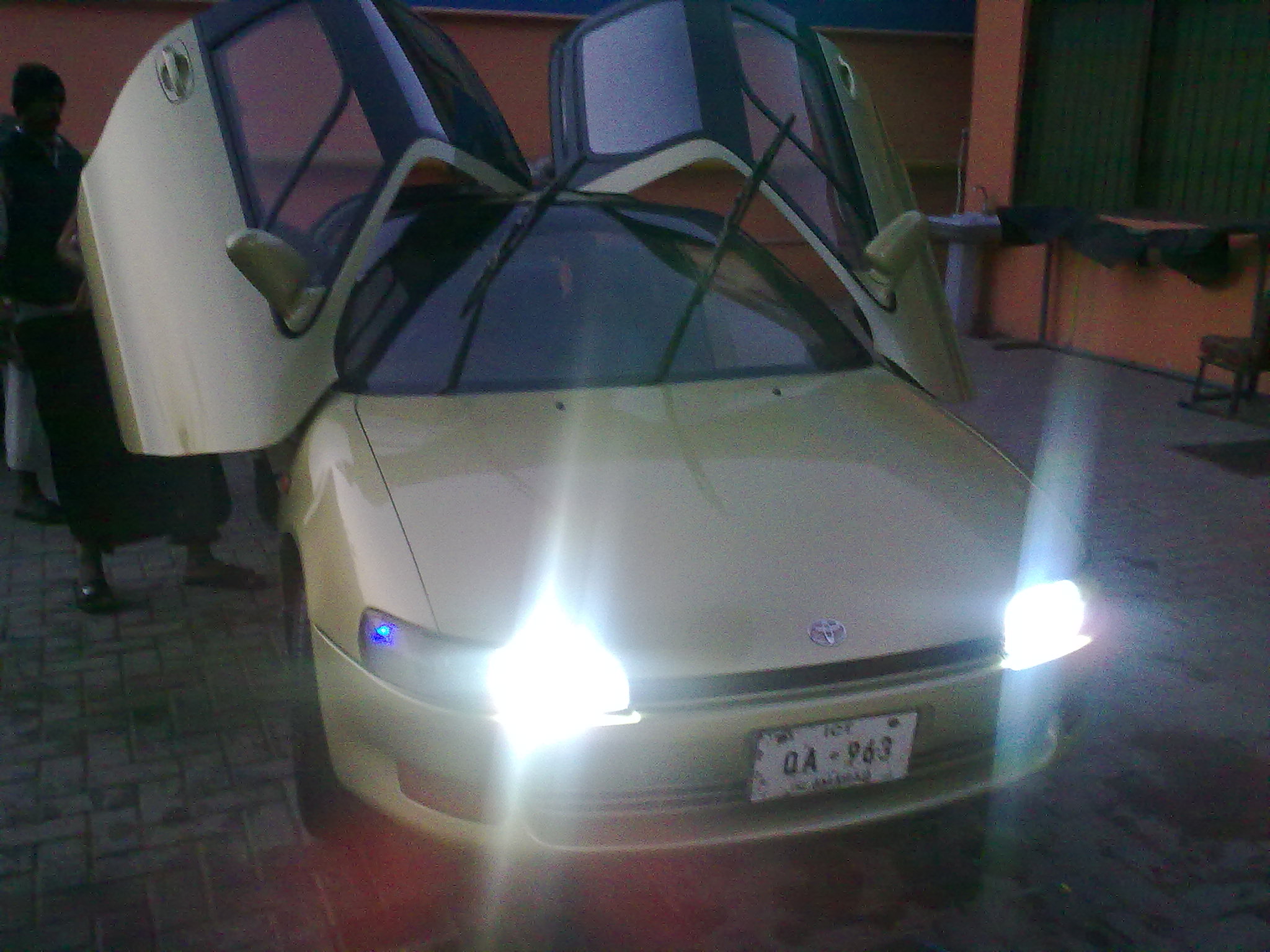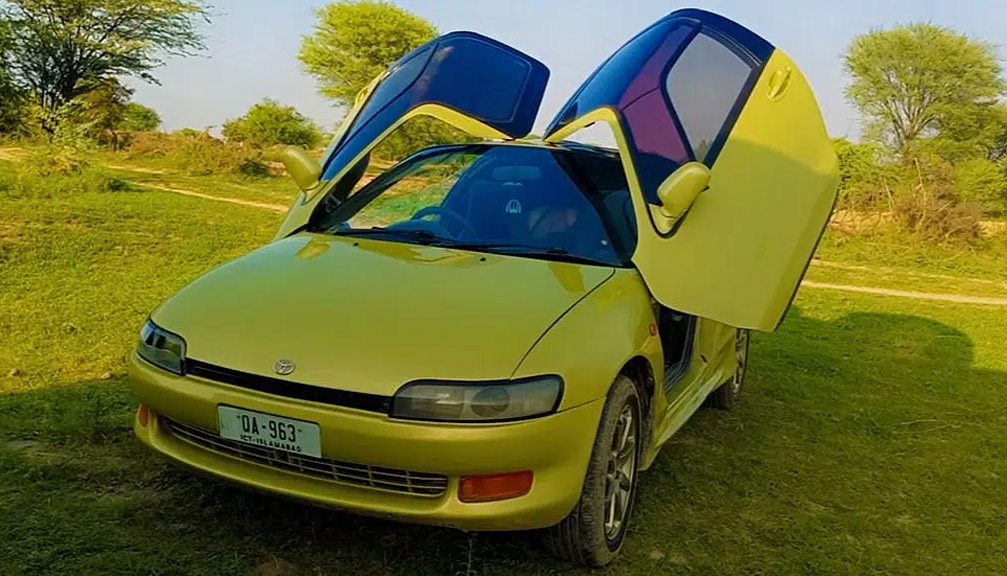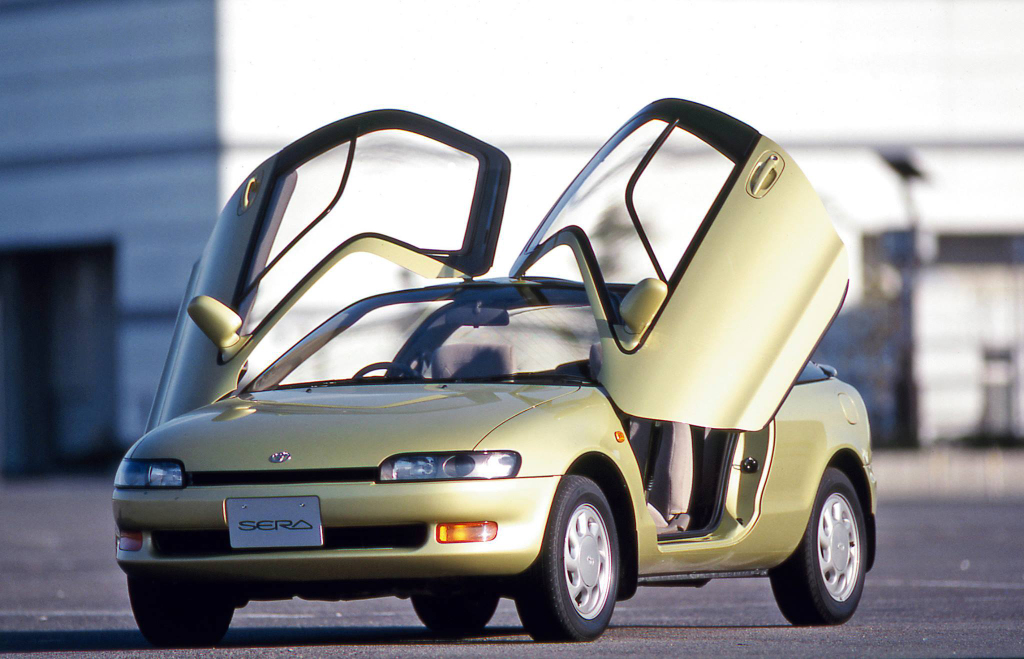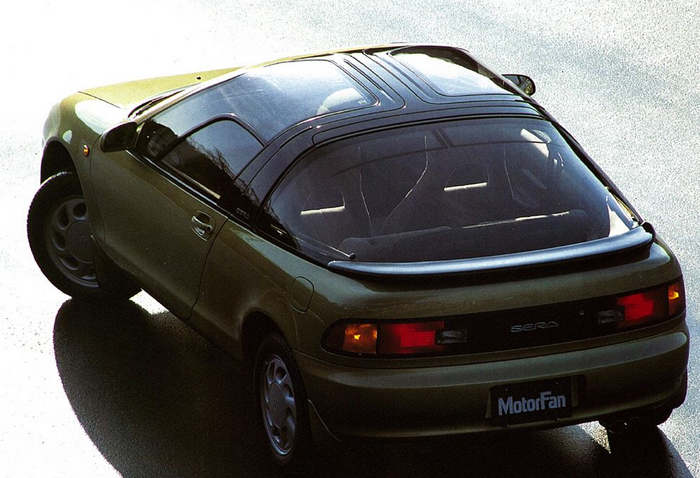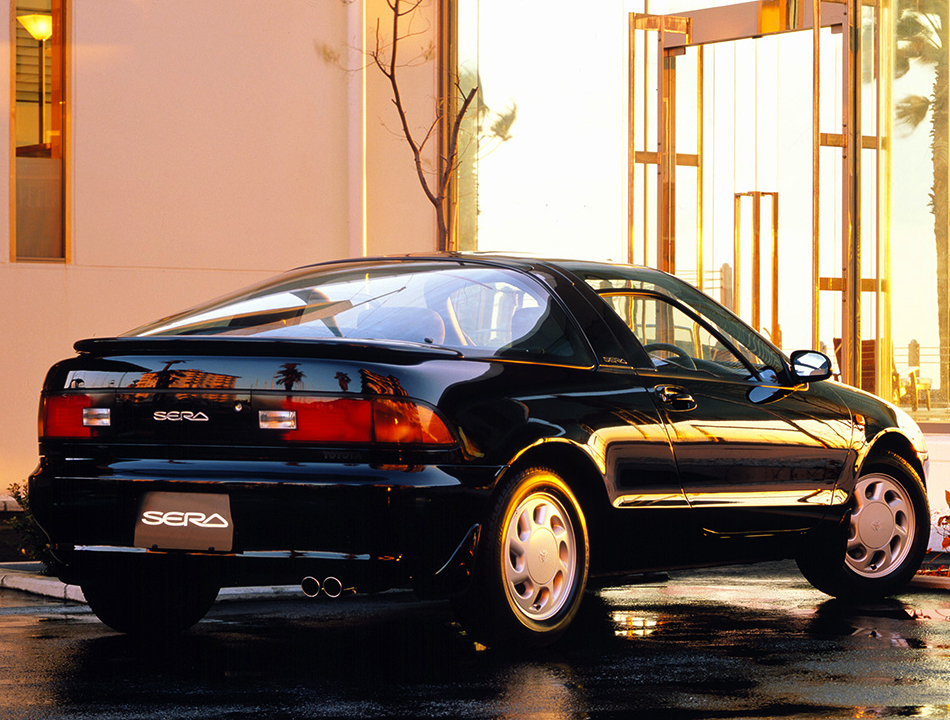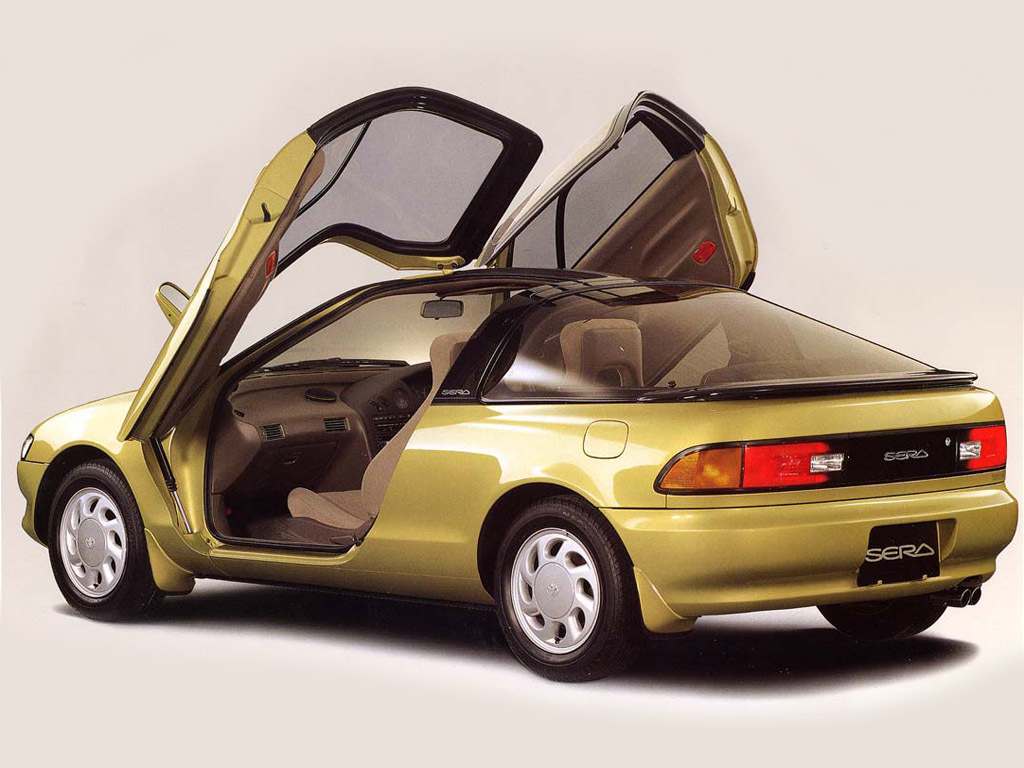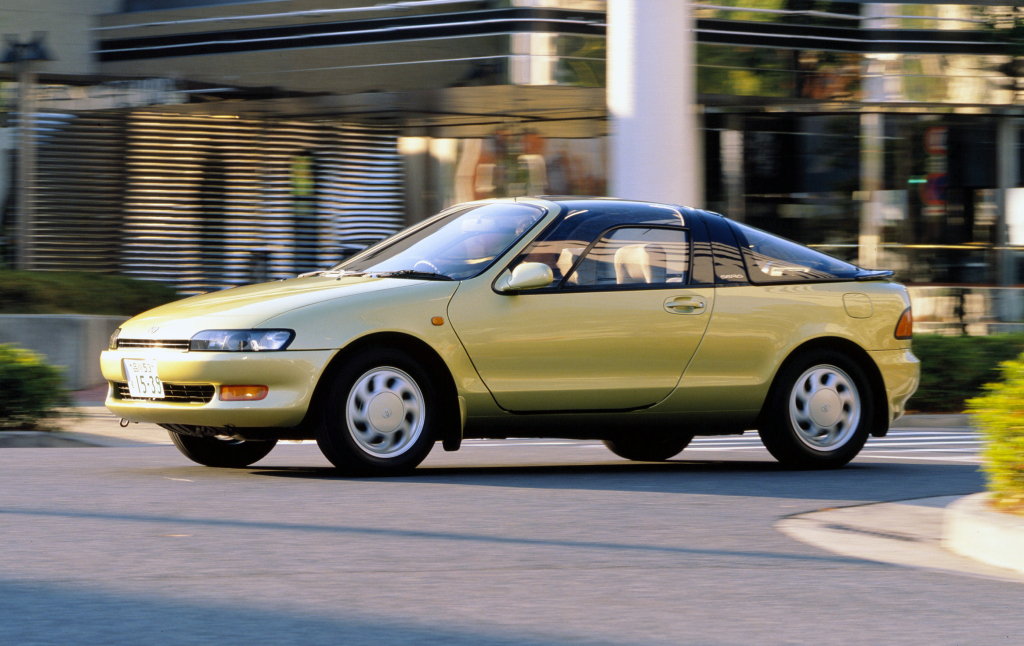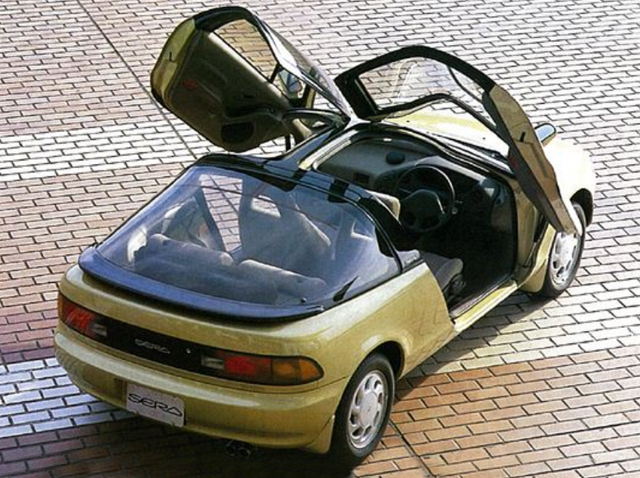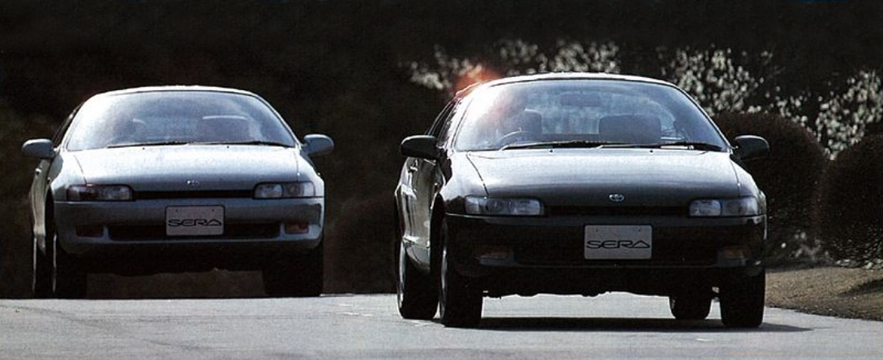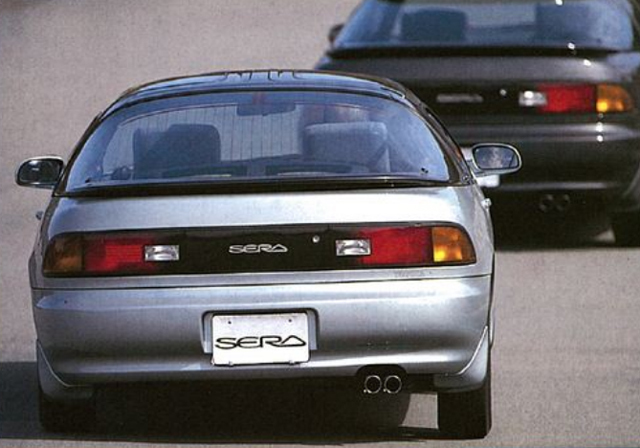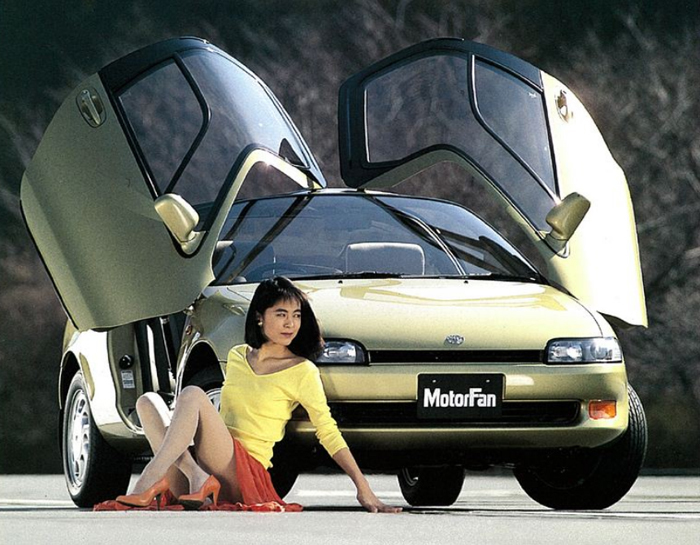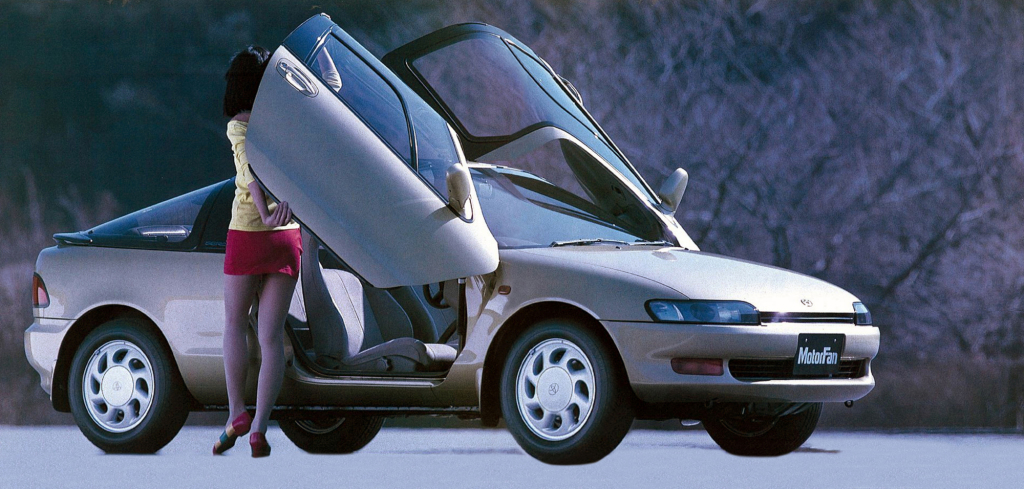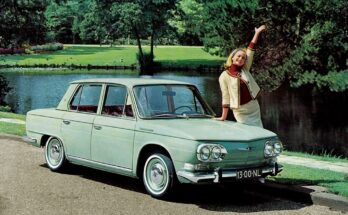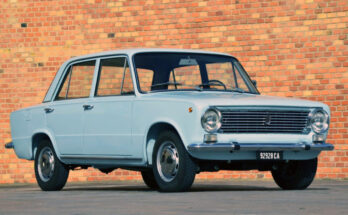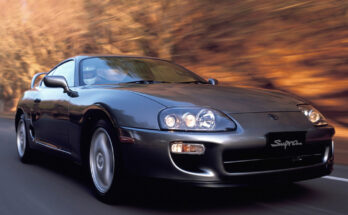Looking back at the past there used to be an array of wonderful cars that used to run on our roads but later on faded into the history, although they remain fresh in my memory. Honda Quint Integra with pop-up headlamps, Honda Concerto, Mazda 323, Fiat Regata sedan or the Peugeot 205 hatchback, but probably the most special one was the Toyota Sera.
Related: Remembering the Mazda RX-8
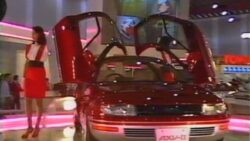
The name “Sera” is the future tense of the French word “etre” which means “to be”. According to the official press release of 8 March 1990, the name was chosen “to signify a dream-like car that takes us into the future.” Not just the Sera delivered more than just a future aesthetic; it also introduced new techniques to Toyota’s production pipeline. The front wing, for example, was produced using a new flexible press system specifically designed for low-volume manufacturing. The technology allowed Toyota to reduce the five conventional panel forming processes – drawing, trimming, bending, cam trimming, and cam flanging – to just three. Amazingly, this revolutionary simplification of the press manufacturing process yielded body panels of superior quality and accuracy.
Toyota Sera shared many mechanical components with Starlet, however, it was differentiated by a host of standout features, the headline element of which was, of course, those unusual doors. Sera was the first Japanese mass-production car that featured gull-wing doors with glass that stretched all the way to the roof. The gull-wing doors incorporated a number of features that were designed to make door operation extremely easy.
Related: Remembering the Fascinating Pop-up Headlights
Dual, asymmetric gas struts were installed in the doors to maintain consistent operating effort regardless of outside temperature changes. Plus, each door was hinged in two locations– above the windscreen and at the base of the A-pillar – and that dihedral geometry allowed it to fully open in a more confined space than a traditional side hinge arrangement.
Interior of Toyota Sera
When inside, the Sera’s wrap-around, all-glass cabin gave occupants the feeling of space, as if they were observing the world through a spherical bubble. However, the resulting solar load meant that air conditioning and power windows were included as standard equipment. Bear in mind AC & power windows were considered optional equipment back in those days. Furthermore, all interior units ranging from switches in the instrument panel to handles embedded in the doors, and even the speakers, were carefully arranged in the most reasonable positions for novelty and stylish design.
Related: Suzuki FX- Car That Made So Many People Proud
Sera also had the sought-after Super Live Sound System (SLSS) option which surrounded occupants in one of the most radical audio systems Toyota has ever engineered. This factory-fit system consisted of as many as 10 speakers, including an acoustic resonance woofer in the boot and a newly developed, three-mode digital signal processor. It was also possible to rotate the rear deck speakers to bounce sound waves off the glass and create an alternate audio image.
The SLSS in Toyota Sera
Toyota Sera was powered by the four-cylinder 16-valve 1496cc 5E-FHE engine, which was a newly-developed second-generation high-efficiency model of its time. Its sophisticated tuning and management allowed the 5E-FHE to balance strong levels of torque at low to medium engine speeds, with the enthusiasm of a sporty twin-cam engine at higher revs.
From a driving perspective, the Toyota Sera benefited from the newly designed suspension and a wide track of 1,405mm (both front and rear) to implement sharp and swift driving, fully maximizing the car’s excellent power performance. In addition, the Toyota Sera came equipped with high-performance tires with asymmetrical and uni-directional tread patterns. Power steering was standard while a four-wheel anti-lock brake system was optional.
Right after the debut of its production version, the Sera received the prestigious 1991 Torino-Piemonte Car Design Award which was widely regarded as the top award in automotive design. Toyota Sera received high marks from all 11 jurors and was particularly praised for its balance of high-tech style and practicality that made the vehicle such a sales hit among first-time buyers.
Around 15,852 units of Toyota Sera were made from the start of production in February 1990. Although there was no facelift or minor mode change, the Sera was produced in three phases of production, with subsequent phases only tweaked minor elements to keep the Sera looking fresh. However, by the start of phase two, the Japanese economy was already in steep decline, and phase three arrived after the bubble had burst. As a result, it was felt that the optimism and decadence wrapped up in the futuristic Toyota Sera had run its course, and its production ended in December 1995.
Related: Remembering the Legendary Mitsubishi Lancer Evo
Japanese imported cars, whether new or used, always find their way here in one way or the other. And almost 3 decades since its debut, the Sera can still be seen running on our roads, though in very limited numbers. Surprisingly however whoever owns the Sera, has been able to keep it in top-notch condition. Though sourcing parts might be a concern today, but if someone has the guts to afford and maintain a classic, there can’t be a proper alternative to the Toyota Sera as far as the fun element is concerned.
Do you remember the Toyota Sera, or if you have kept one in the past, do share your ownership experience with us.
Images of Toyota Sera in Pakistan
Toyota Sera Gallery

A computer animation professional with over 23 years of industry experience having served in leading organizations, TV channels & production facilities in Pakistan. An avid car enthusiast and petrolhead with an affection to deliver quality content to help shape opinions. Formerly written for PakWheels as well as major publications including Dawn. Founder of CarSpiritPK.com

